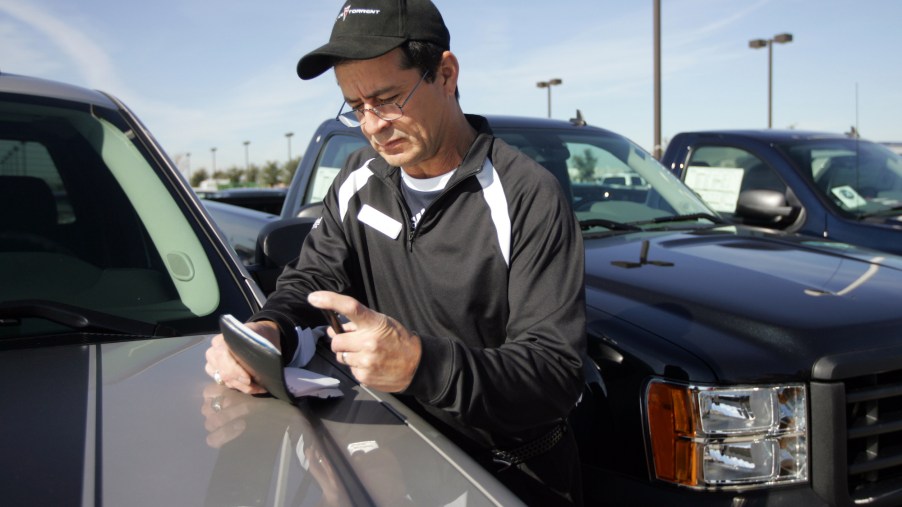
What Is a VIN, and Where Can You Find It on Your Car?
Anyone who owns a car has probably heard of the term “VIN.” But not everyone understands how important the vehicle identification number is, especially when it comes to used car buying. Every vehicle bears a series of characters unique to it, like a fingerprint. And the VIN can help reveal a vehicle’s history and unlock other important information.
What exactly is a VIN?
According to Driving-Tests.org, a vehicle identification number is a unique code that automakers assign to every motor vehicle during manufacturing. The National Highway Traffic Safety Administration records the data that American manufacturers submit to the federal agency.
Typically, a VIN is a string of 17 characters (a combination of letters and numbers) specific to each model that rolls off any production line. VINs omit confusing characters such as Q, I, and O. And no two vehicles have the same number. So, basically, your vehicle is unique like you.
However, you might not realize that a VIN unlocks a ton of information about the car.
Where to find your car’s VIN
You can check your insurance card, vehicle title, or car registration to find your VIN. But every vehicle also has the number imprinted on it. Most passenger cars include it on the driver’s side of the dashboard. Leaning over the top of the hood, you can usually peer down toward the dash to see the VIN.
You can also find it on the driver’s side door, listed on a sticker, usually affixed to the pillar. Motorcycles typically display their vehicle identification numbers below the handlebars, along the steering neck.
Decoding the numbers and letters
Each character that makes up your car’s VIN represents information about the vehicle. For example, the series of digits often reveals the year the automaker produced the vehicle. It also indicates the country and factory location. And, of course, the VIN shows a car’s make, model, and serial number.
How a VIN can help you
Buying a vehicle can be risky if you don’t know the history. Clark.com offers free ways to check for VIN history to ensure you’re not buying a lemon. And BestTechnie.com points out that learning about a vehicle’s salvage title or past flood damage can help you avoid a bad buy and potentially save you thousands. Find previous vehicle owners and documentation of past accidents or repairs. A VIN can also help you identify open recalls. And law enforcement relies heavily on vehicle identification numbers to help find and recover stolen cars.
Some dealers also offer VIN etching. They often inscribe VINs across a vehicle’s windows. Many consumers are exploring vehicle etching throughout their vehicles, including engine compartments and trunks, too. Some sources suggest it costs only about $400, and for some vehicle owners, it’s worth it for peace of mind if their car is stolen. And in some cases, VIN etching on parts can help deter thieves.
Before you buy a used car, even if it’s from a dealership, look for the vehicle identification number. Take the time to research the vehicle’s history. The VIN will help reveal any surprises and help you make your final purchasing decision. And at the very least, it will tell you where the car has been in the past. If everything checks out, you might decide to get VIN etching yourself to protect your investment further.


